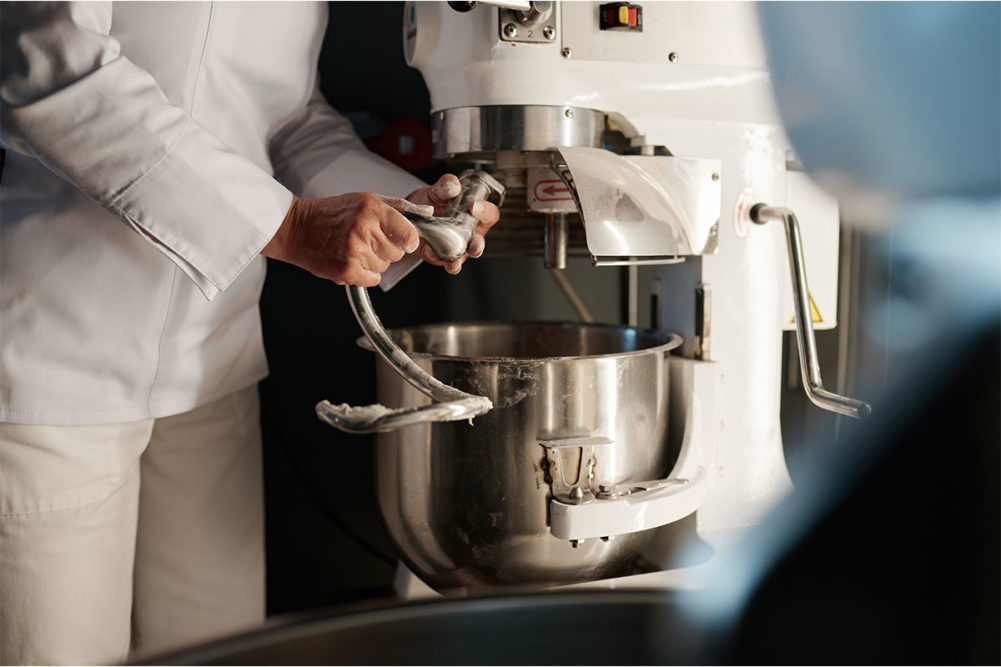KANSAS CITY — Workforce issues along with an emphasis on product quality and driving capacity lead the list of reasons for investing in mixing technology. Additionally, spiraling operating costs represent a major headwind as bakeries seek systems that provide versatility while attaining higher production volumes.
These topics were top of mind with bakers during last year’s International Baking Industry Exposition (IBIE). They also will be a major focus at this year’s iba tradeshow, which will be held Oct. 22-26 in Munich.
Purchasing a mixer or another major piece of equipment can be a game changer by reducing the need for skilled labor, boosting performance on a high-speed production line and providing critical front-end controls that enhance everything from product quality to food safety. However, not every major investment goes as planned. To make sure a mixer is the best fit, many bakeries are turning to total cost of ownership (TCO).
In the June report on mixing technology in Baking & Snack, subject matter experts noted that capital spending often doesn’t reflect TCO, but instead, only the initial purchase price. Many ongoing savings and costs are ignored during the initial capital process and later found buried in a burgeoning, annual operating budget. In addition to the total number of employees required to run the system, bakers should determine factors such as dough scrap rate, energy usage and the amount of long-term maintenance and sanitation costs, just to name a few.
That’s how TCO paints a more realistic picture of how much a mixer costs over the lifetime of the equipment compared with the traditional return-on-investment formula.





